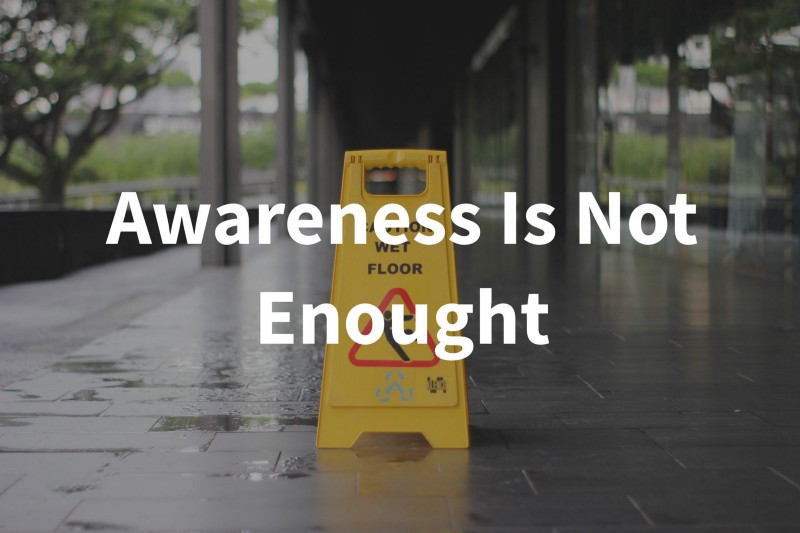Systemic Behavioral Design Is More Than Throwing Information And Counting On People’s Internal Factors.

Hi, Kevin here.
Recently, I came along an interesting study on whether notifications about smartphone use effectively decrease screen time or have an impact on related behavior. In brief, the study concludes the effect of such notifications is either weak or inexistent. One might say that one study is not enough to make a proof (from a frequentist point of view), and I would certainly agree: without further successful replications, this study is “just” an interesting scientific clue.
However, this clue adds up to an existing list of evidence that point in the same direction, reinforcing a sounded & well-supported belief: informative messages on one’s behavior lead to a rise in awareness, but awareness doesn’t lead to a change of the said behavior. Intuitively, it’s easy to think that the threshold between awareness of a potentially “not desirable” state and any corrective actions that one would undertake is small and depends largely on people’s willingness to change. But this intuition is a false-belief, not correlated by most social sciences literature, studies, and observations: this is a fundamental attribution error.
Yet, we can observe quite often design decisions taken from such “intuition” in our experiences. As seen in the study, the tentative of tech-giants to address the so-called “problematic smartphone use” with system updates supposed to help you “better control” your smartphone usage, mainly by making you more aware of your screen time use of each app. In most cases, the system allows you to define time limits and different other restrictions. Here, we fall in the previously described issue: the design assumes that the user’s awareness will lead to a change of behavior…












Discussion